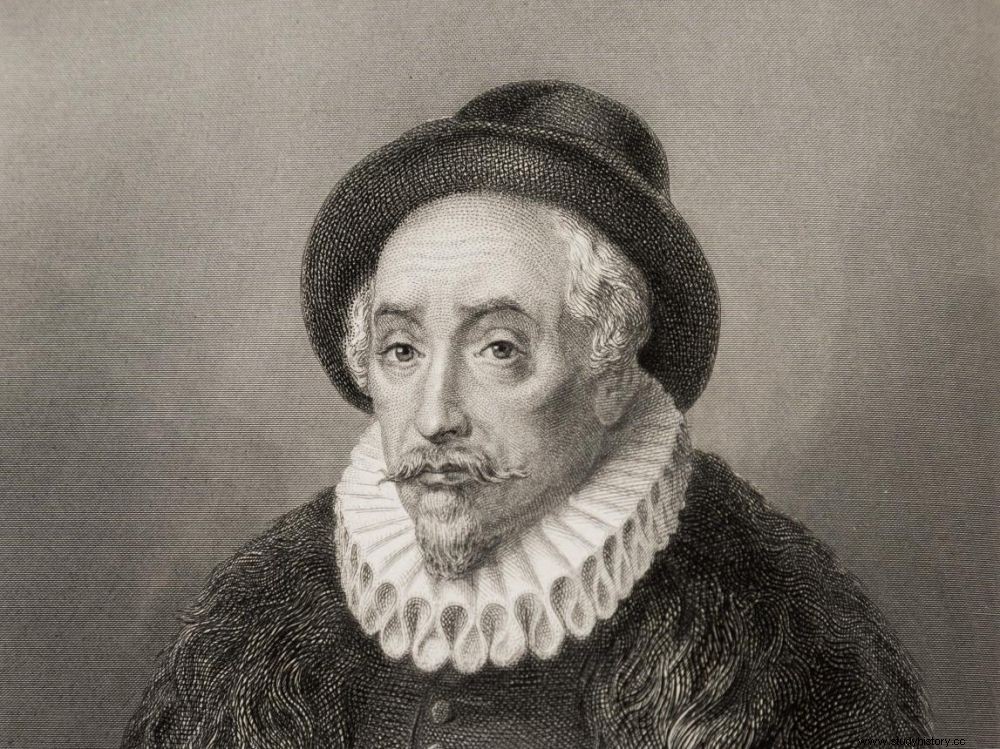Discovered in the reserves of the Musée d'Aquitaine in Bordeaux, the supposed coffin of the philosopher Michel de Montaigne has begun to reveal its first secrets.

Michel de Montaigne, 19th century engraving.
The supposed coffin of the philosopher Michel de Montaigne has begun to reveal its first secrets. The scientific team, led by Hélène Réveillas, archaeologist at the Center for Preventive Archeology of Bordeaux Métropole, was indeed able to proceed from September 14 to 18, 2020 with the opening of the lead container found more than a year ago in the reserves of the Museum of Aquitaine in Bordeaux. Inside, the researchers found an entire skeleton, in an excellent state of preservation, although not all the bones remained connected to each other.
"We would have liked to discover, for example, the collar of the Order of Saint-Michel"
He is indeed a man, of medium height and of rather slender constitution, who could indeed correspond to the description that Michel de Montaigne, the great humanist of the XVI th century, made of himself. But no document or furniture was found in the coffin that could attest to this. "We would have liked to discover, for example, the collar of the Order of Saint-Michel, a prestigious decoration which had been given to the philosopher in his time and with which he could have been buried", regrets Hélène Réveillas.
DNA analyzes are still to be carried out with the descendants of Montaigne
However, the researchers found other clues that they will now have to "talk" in the coming months:pieces of fabric were still visible around the skull - a headband, a cap? – and what appears to be hair was removed as well as organic matter. They will be the subject of DNA analyzes to be compared to that of contemporary descendants of Montaigne. Many pollens and insects were also collected which will inform paleoparasitologists about the burial conditions. Specialists also sifted through the entire coffin to try to find traces of small kidney stones, Montaigne being known to have suffered cruelly from this condition for many, many years.
A lead cylinder, which had been found in the small building containing the coffin during the first excavation campaign, was also opened by the paleo-metallurgist Michel Pernot, director emeritus at the CNRS. It contained a vellum dated 1886 attesting that Montaigne's body was indeed reinterred in what is now the basement of the Aquitaine Museum. This is where the small building, forgotten for more than a century, was spotted in 2018 by Laurent Védrine, who had just taken up his post at the head of the establishment. The first results of the DNA analyzes will be known at the beginning of 2021.
